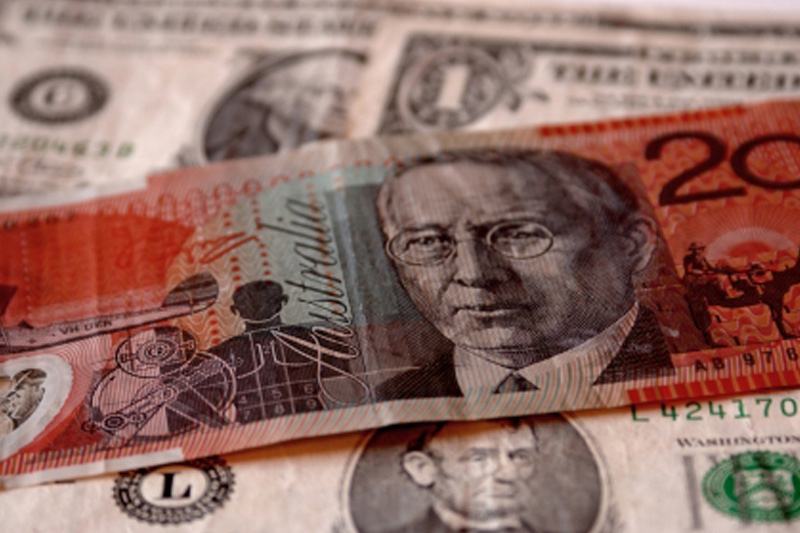Investing.com - The Australian dollar rose to a more than two-week high against its U.S. counterpart on Friday, after the highly-anticipated U.S. nonfarm payrolls report for May came in broadly in line with market expectations.
AUD/USD hit 0.9358 on Friday, the pair’s highest since May 19, before subsequently consolidating at 0.9334 by close of trade on Friday, down 0.06% for the day but 0.25% higher for the week.
The pair is likely to find support at 0.9256, the low from June 5 and resistance at 0.9358, the high from June 6.
The Department of Labor said Friday that the U.S. economy added 217,000 jobs last month, just under expectations for jobs growth of 218,000. The unemployment rate remained steady at a five-and-a-half year low of 6.3%.
The data disappointed some market expectations for a more robust reading but indicated that the U.S. economy continued to shake off the effects of a weather-related slowdown over the winter, bolstering the outlook for the broader economic recovery.
Meanwhile, in Australia, official data released Wednesday showed that the Pacific nation’s economy grew at a rate of 1.1% in the first quarter, above expectations for an expansion of 0.9%.
On Tuesday, the Reserve Bank of Australia left its benchmark interest rate at 2.5% in a widely expected move and said that "on present indications, the most prudent course is likely to be a period of stability in interest rates."
Data from the Commodities Futures Trading Commission released Friday showed that speculators increased their bullish bets on the Australian dollar in the week ending June 3.
Net longs totaled 21,527 contracts, compared to net longs of 15,848 in the preceding week.
In the week ahead, investors will be looking ahead to Thursday’s U.S. retail sales report for May for further indications on the strength of the economic recovery.
Australian employment data for May due Thursday will also be closely-watched.
Ahead of the coming week, Investing.com has compiled a list of these and other significant events likely to affect the markets.
Monday, June 9
Markets in Australia are to remain closed for a national holiday.
Tuesday, June 10
Australia is to publish private sector data on business confidence, as well as official data on home loans.
China is to produce data on consumer and producer prices. The Asian nation is Australia’s largest trade partner.
Wednesday, June 11
Australia is to release private sector data on consumer sentiment.
Thursday, June 12
Australia is to release data on the change in the number of people employed and the unemployment rate, and a private sector report on inflation expectations.
The U.S. is to release the weekly report on initial jobless claims, in addition to data on retail sales and import prices.
Friday, June 13
China is to release data on industrial production and fixed asset investment.
The U.S. is to round up the week with data on producer price inflation and preliminary data on consumer sentiment from the University of Michigan.
